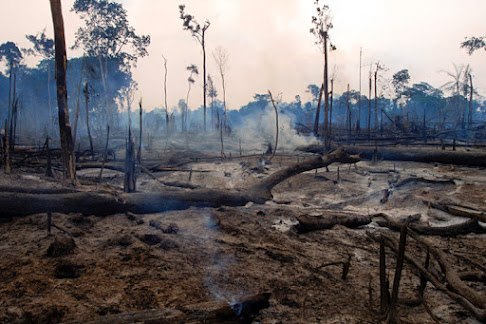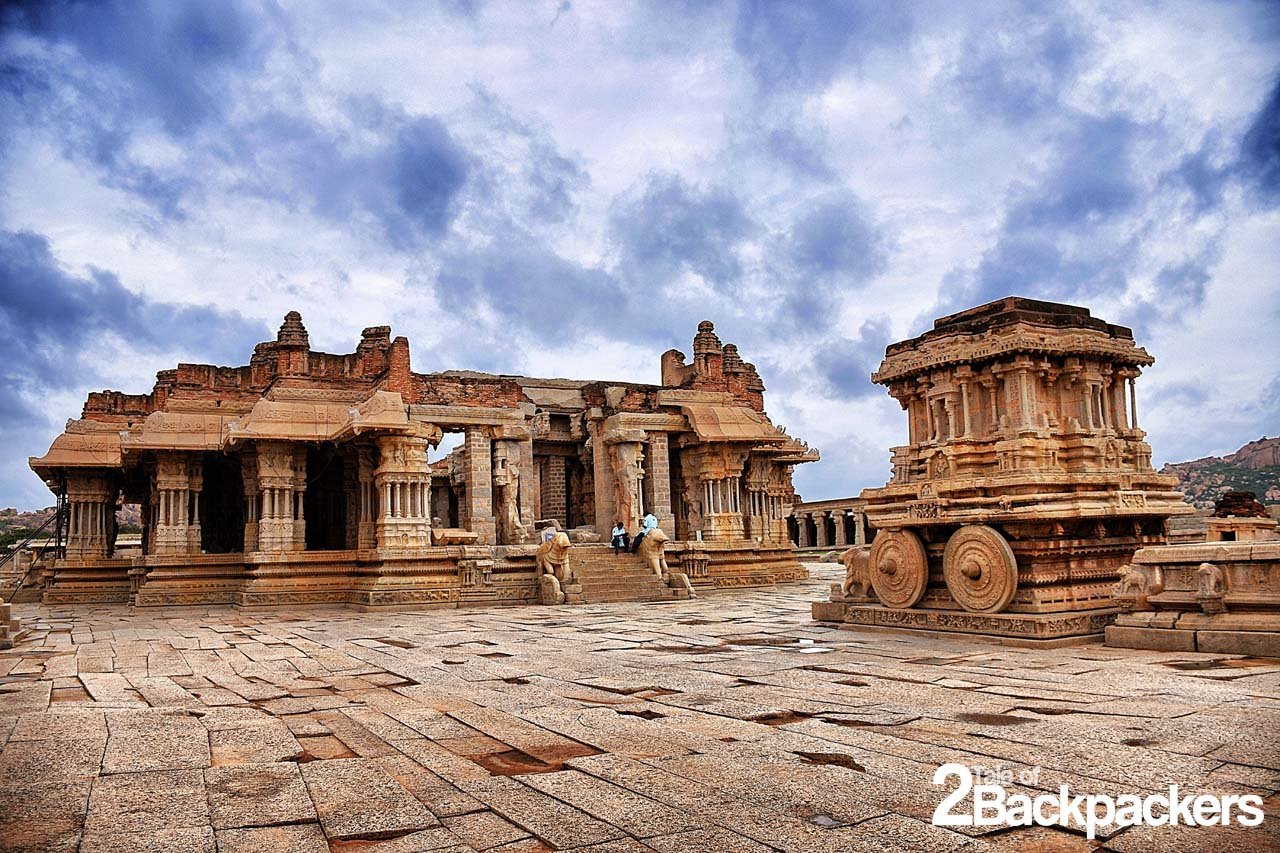CAUSES OF POPULATION EXPLOSION IN INDIA
Today, the world is inhabited by over 7 billion people. Rapid population growth is the bane of the economy of underdeveloped, poor and developing countries in the world. The population figures present an ironical situation: whereas North America’s area is 16% of the world, only 6% population of the world lives there but it consumes 45% of the world’s total income. On the other hand, Asia comprises 18% area of the world, but it is home to 67% of the world’s population.
Still, it consumes only 12% of the world’s income. The situation in Africa is also more worrisome. Clearly, the areas with higher population remain socio-economically backward. Their residents get food which is not only insufficient, but is also not good in terms of nutrients.
Unbearable burden of population is clearly seen in four regions of the world – Southeast Asian countries in which China, Pakistan, Bangladesh, Philippines, India, etc., are the forerunners. The population of the region consisting of the Middle East and North Africa have also been expanding at a rapid pace over the past few decades.
Latin America can also be reported to be responsible for sounding the warning bells for the world. Along with the population increase here, it is witnessing decrease in the quality of life of the people and increase in internal instability. In the sub-Saharan Africa, there is a rapid increase in population due to higher birth and fertility rates.
These above-mentioned areas of the world have been termed as explosive areas of population. Not only the population has increased more in these regions so far, but these areas will be liable to population increase even in the near future too.
CAUSES OF OVERPOPULATION IN INDIA:
- The main reason is the high birth rate in India. Many couples have more than two children. People believe more children mean more help and support when they get old. So they keep having many kids. But this makes the population grow very fast.
- Earlier in India, people used to prefer small families. Now people think that having many kids is good. So more children are born. This changed attitude leads to overpopulation.
- Many people in India are uneducated. They do not understand that having many children is a problem. Educated people know they should have fewer kids. But uneducated people keep having more kids. This grows the population quickly.
- The Indian government promotes family planning. But many people still do not practice family planning properly. Couples should space out their children and have fewer kids. But many do not. This results in a large population.
- Now people in India live longer lives. They live up to 70 or 80 years. Earlier, people used to die young. So the total population was less. Now people live longer and have multiple children. So the population increases a lot.
- Now, better medical care means fewer people die from diseases. Even babies have less chance of dying. So more babies become adults and have their kids. This adds to the population.
- Now farmers grow more crops due to newer methods. So more food is available. When more food is available, more people can live and have kids. Earlier, fewer crops meant less population.
- In India, there are fewer job chances for young people. Students do not get work after study. So they marry early and then have more kids. They think kids will help with work. But this also adds to overpopulation.
- Poor people tend to have more kids. They think kids can work and add to the family income. Rich people can afford fewer children. But for poor people, more kids mean more help and income support. This leads to overpopulation.
- In India, cities grow very fast, but no long-term planning exists. New buildings and facilities are not enough for the growing population. So overcrowding happens in cities. This overcrowding is a result of overpopulation.
- Burden on natural resources: Overpopulation leads to over-exploitation of natural resources. Increasing population puts further burden on the earth’s capacity to produce food and water and other natural resources. As a result, the underprivileged people have to suffer malnutrition, starvation and unhealthy living conditions Excessive increase in population leads to grave forms of pollution and deforestation.
- Rise in poverty: Overpopulation leads to the vicious circle of illiteracy, unemployment and poverty. Lack of education deprives the people of the opportunities to earn their livelihood and fulfil the bare necessities of their lives.
- Widening the rich-poor gap: Overpopulation leads to an unequal distribution of wealth and income. Consequently, the gap between the rich and poor is widened further.
- Migration of Population: Migration is a natural human trait. When the burden of population in any area becomes imbalanced compared to the available financial resources, people tend to move away from their original location. It is comparable to the phenomenon of bee hive – when it is completely filled, flies leave it and go elsewhere. Similarly, human beings stop at one place for a time and then feel the urge to move on again. For this reason, human beings generally do not live anywhere permanently except for a few exceptions.



















